-
About
- About Listly
- Community & Support
- Howto
- Chrome Extension
- Bookmarklet
- WordPress Plugin
- Listly Premium
- Privacy
- Terms
- DMCA Copyright
- © 2010-2025 Boomy Labs


 Jeff Dunn
Jeff Dunn
Listly by Jeff Dunn
Do you know what flipped classrooms are? What about a 1:1 or BYOD setup? There's a lot to know about the current world of education trends and this list is designed to help us all keep track of what's, well, trending in education trends!

Many educators are experimenting with the idea of a flipped classroom model. Find out what it is and why everyone's talking about it.

Blended learning is a formal education program in which a student learns at least in part through delivery of content and instruction via digital and online media with some element of student control over time, place, path, or pace. While still attending a "brick-and-mortar" school structure, face-to-face classroom methods are combined with computer-mediated activities.

We've been in BYOD mode for half a year, and I've already shared some best practices for the classroom with you. Putting on my IT hat, here are some of the things I've learned that you should consider as you work through your own BYOD plans and implementation.

By Samantha Cleaver Each morning, when Laura Rahn's class of fourth grade students entered their classroom at Mountainview Elementary School in Loudoun County, VA, they got their laptops from the charging station, completed their daily math fluency practice, and checked EdModo for the day's instructions.
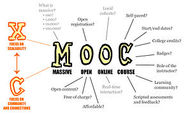
A massive open online course ( MOOC; ) is an online course aimed at unlimited participation and open access via the web. In addition to traditional course materials such as filmed lectures, readings, and problem sets, many MOOCs provide interactive user forums to support community interactions between students, professors, and teaching assistants (TAs).

E-learning (or eLearning) is the use of electronic educational technology in learning and teaching. Information and communication technology (ICT) in education, EdTech, learning technology, multimedia learning, technology-enhanced learning (TEL), computer-based instruction (CBI), computer managed instruction, computer-based training (CBT), computer-assisted instruction or computer-aided instruction (CAI), internet-based training (IBT), flexible learning, web-based training (WBT), online education, virtual education, virtual learning environments (VLE) (which are also called learning platforms), m-learning, and digital education.
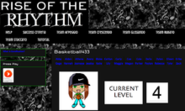
The gamification of learning is an educational approach to motivate students to learn by using video game design and game elements in learning environments. The goal is to maximize enjoyment and engagement through capturing the interest of learners and inspiring them to continue learning.

This series guides you step by step through the process of class and student blogging. Each step includes links to class blogs being used by educators so you can check out how other educators use their blogs. Many of the examples are from primary grades but the same principles apply regardless of student age including adult learner.

New To The EDU PLN? A Screencast and tutorial on Navigating this site is available here and on the Video Page http://edupln.ning.com/video/a-screencast-on-how-to-1 Please feel free to make suggestions for improvement of this site. To add a picture to your profile simply use any picture you have filed.
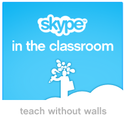
Skype in the Classroom is a free and easy way for teachers to open up their classroom. Meet new people, talk to experts, share ideas and create amazing learning experiences with teachers from aroun...
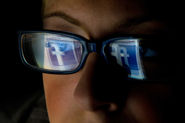
Editor's note: About once a month, the NewsHour's editorial staff huddles in our conference room to brainstorm ideas for "theme weeks" where we explore a single topic from all different - and sometimes surprising - angles. The idea for an off-the-grid week came up. Stories about energy, geography and even fine arts were pitched.

The term personalized learning, or personalization, refers to a diverse variety of educational programs, learning experiences, instructional approaches, and academic-support strategies that are intended to address the distinct learning needs, interests, aspirations, or cultural backgrounds of individual students.
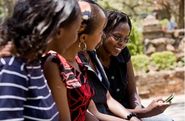
Today over 6 billion people have access to a connected mobile device and for every one person who accesses the internet from a computer two do so from a mobile device. Mobile technology is changing the way we live and it is beginning to change the way we learn.
Do you wonder what you might be designing in the future? If so, I think you'll find that this article, by guest author Athanasios Papagelis, will stir your imagination. It is the first in a series about the future roles of the learning professional.
